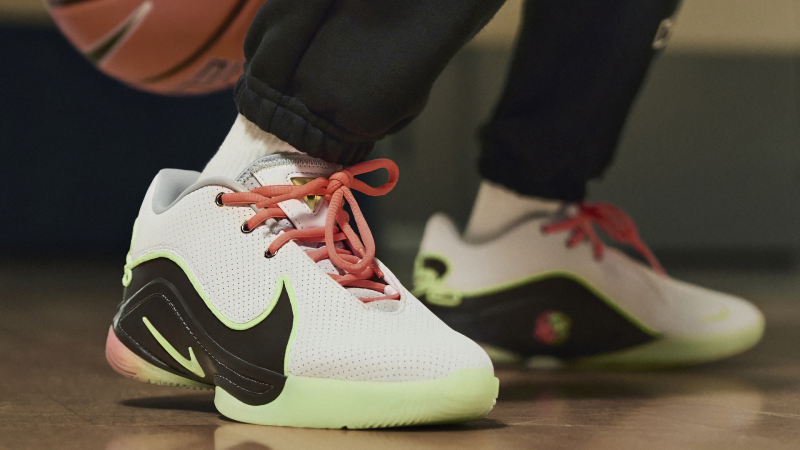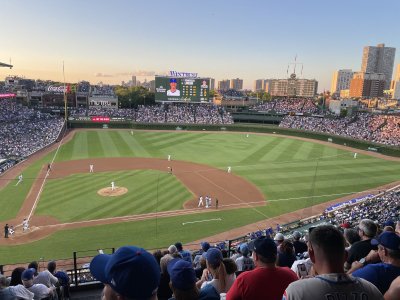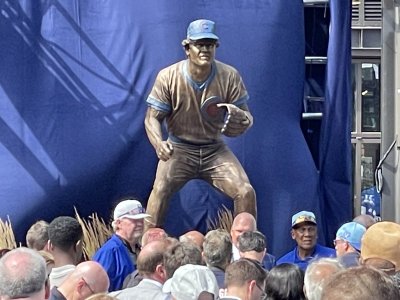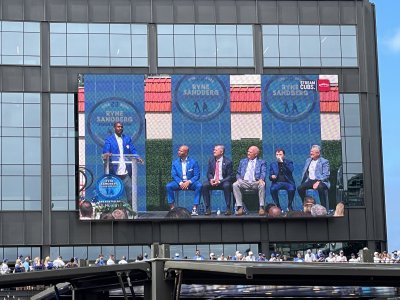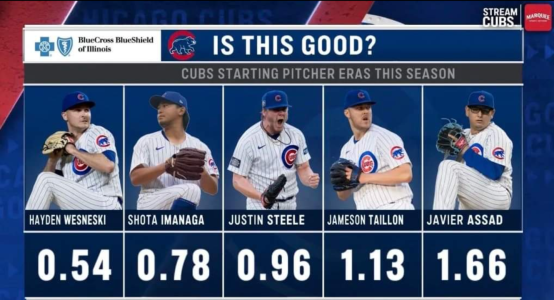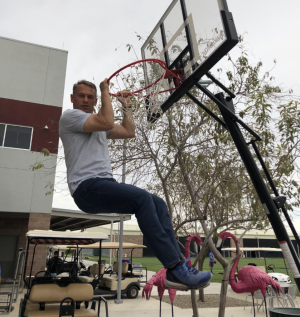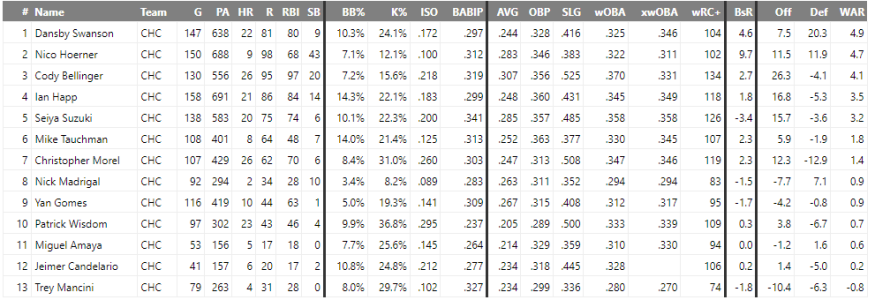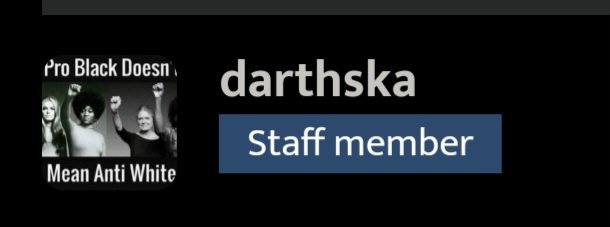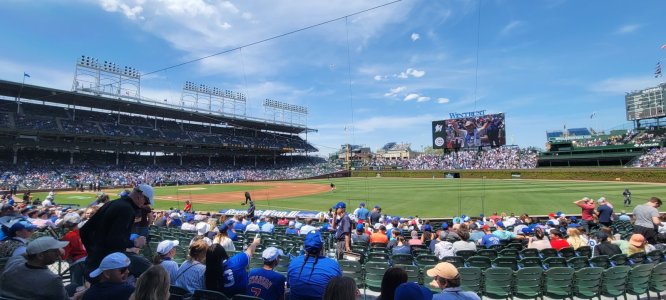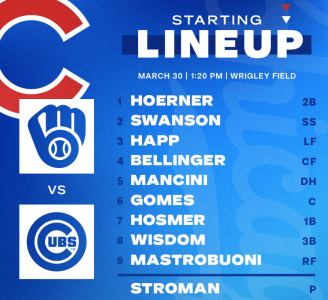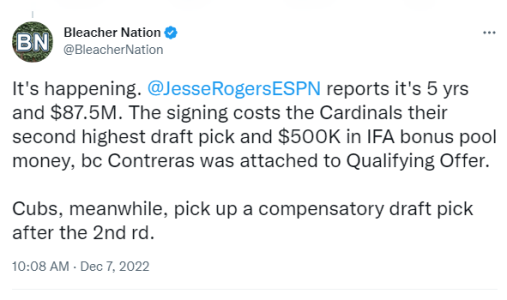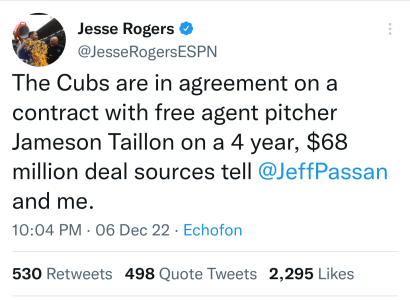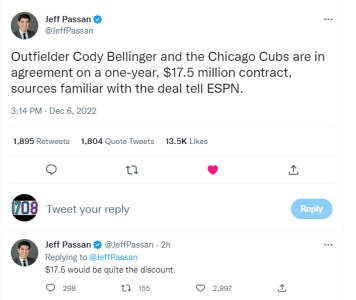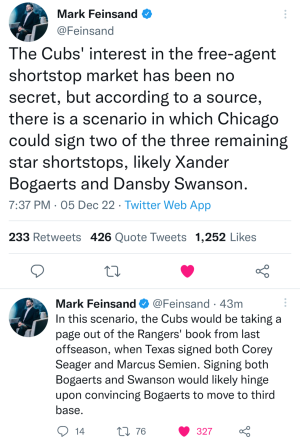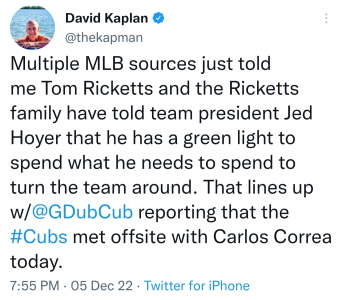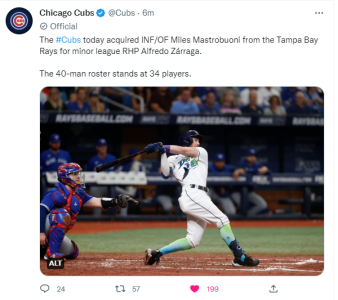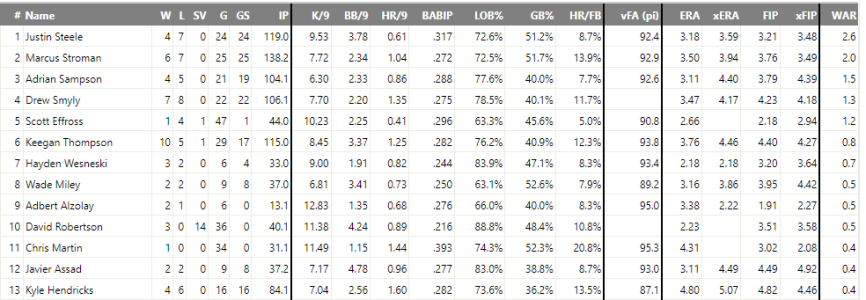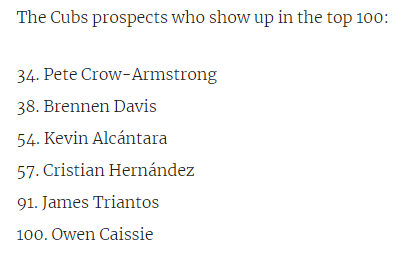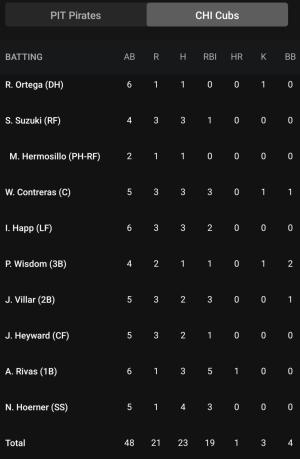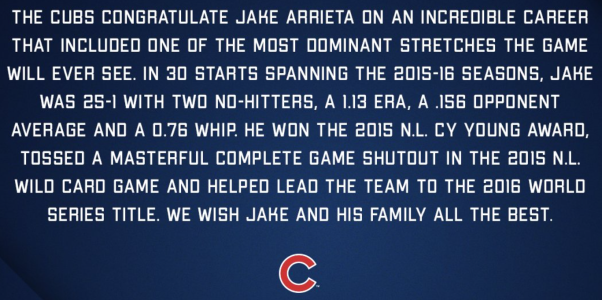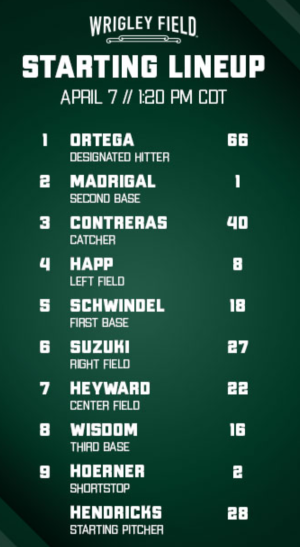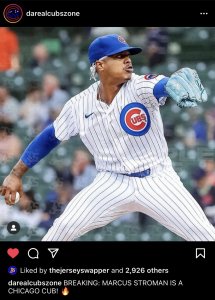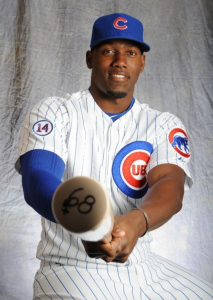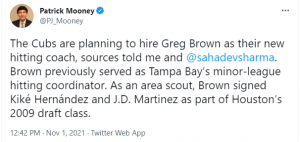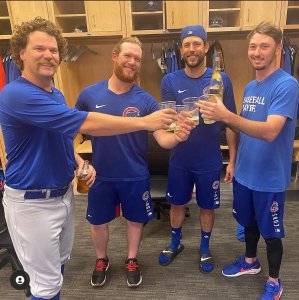For the Chicago Cubs, perhaps as much as any organization, how we evaluate what they did on the first day of the Draft will largely be impacted by what they do on days two and three.
As Luke wrote this morning, and as I followed up on each player, you can easily characterize the Cubs’ first two picks as completely reasonable on their own merits, regardless of slotting and bonus pools. However, in the current draft system, being able to sign players for under their slot value, and saving that money in your bonus pool for use elsewhere can make the later rounds far more interesting, and possibly successful. You’ve got to believe the Cubs are thinking that way today, as they’ve now a huge amount of projected flexibility to make “risky” “tough sign” picks today and tomorrow.
I hope that, by the time tomorrow afternoon rolls around, we see that yesterday’s picks were not only great on their own merit, but were part of a grander plan for the 2014 Draft.
As for today …
The (new) conventional wisdom is that it’s best to grab your Hail Mary types in rounds 11 and beyond, since, if you fail to sign them, you don’t lose any bonus pool space. The problem there, of course, is that every team knows this, and the best “tough signs” are quickly gobbled up before your team might have a chance to grab several of them.
To that end, if the Cubs are serious about getting some high-upside, tough-sign high school players, they may have to grab them today, and roll the dice on losing the pool space. The good news there is that the slots fall off rapidly today, and are well below $300,000 by the time you reach the sixth round. Of course, that’s also the area of the draft where teams are looking to grab college seniors, and save a couple hundred grand per round to use on other picks. Might the Cubs go against the grain, and use that range to get their tough signs? Before other teams have a chance to get them in rounds 11/12/13/14? Not a bad approach from my totally outsider perspective, but we’ll have to see.
I’ll confess that, while I am totally on board with the Cubs’ first two picks, both in terms of the slot approach and the actual talent of the players, seeing so many of the top high school arms fly quickly off the board in the second round made me nervous. Perhaps other teams aren’t as afraid of signability concerns as we once thought. Perhaps fewer of the top high school players will be there in the later rounds for the Cubs to use those draft savings. (Then again, if so many teams are using up their full slots early – as it seems like they are – then which players do fall should be there for the Cubs to grab.)
You see, it’s complicated, man? We can’t really judge the Cubs’ draft performance on Day One until we see what they do on Days Two and Three. And, even then, we don’t really know until we see how/if these guys sign. And, even then, we don’t really know until we see how they perform as pros. And, even then … ok, I’ve gone down the rabbit hole.
I’ll end it there, and say simply: I’m very excited to see how the Cubs approach the day. I don’t think this front office would allow themselves to go cheap just for the sake of saving organizational money (and I really don’t think ownership would demand it – this is where the dollars are best spent right now, and everyone knows it).
As for what top players are still on the board, you can see BA’s thoughts here, MLB.com’s thoughts here, and MLB.com’s list of best available here.
I’ll keep a running update of the Cubs’ picks today here, with immediate reactions/links/scouting/etc. Away we go …
* * *
3rd Round (7

: Mark Zagunis, C, Virginia Tech - A righty batter who has come on offensively of late, Zagunis is a junior whom MLB.com describes thusly: “The ACC standout has shown a propensity for putting the ball in play and hitting for average, albeit from a slightly unusual setup. He’s shown some extra-base pop in the past, though not as much in 2014. He runs extremely well for a catcher and has shown that his athleticism plays well in the outfield. His arm is average but on target, and his other skills say he could stay behind the plate full-time. The team that believes he can continue to hit might think he has the chance to be an everyday backstop in the future, and it will draft him accordingly. At the very least, Zagunis’ versatility provides a team with options if catching doesn’t work out.” I’m assuming the Cubs are thinking Zagunis can stick at catcher, given where they’re selecting him. The bat looks good, but not overwhelmingly so.
BP’s take on Zagunis: “Zagunis has a limited track record behind the dish, forcing evaluators to project the skill set. He’s an above-average athlete who moves well and flashes arm strength, though a choppy transfer and release can sap its utility in-game. Offensively, Zagunis has a chance to hit for average with gap-to-gap pop and he runs surprisingly well for his size. He could slot into the third to fifth round and has a fallback as a utility player, with experience in the infield and outfield, if he doesn’t stick at the two spot.”
Zagunis was ranked 111 to BA and 149 to MLB.com, so this is a little higher than he was expected to go. I doubt he’s much of an under slot type, though. Cubs must simply like him right here, and didn’t want to risk that he’d be off the board by the 4th round, especially given the organizational need for catching.
On the year, Zagunis hit .330/.426/.426 with 32 walks and 20 strikeouts. Stole 16 bases in 19 attempts, too, which demonstrates his athleticism for a catcher.
4th Round (109): Carson Sands, LHP, Florida (HS) – And there’s your first high school arm for the Cubs, and Sands is one of the top ones. The 6’3″ 205lbs lefty is ranked 53 by MLB.com, 99 by BP, and 53 by BA. He’s committed to to Florida State, and here’s how MLB.com describes him: “Sands has seen his stock increase this spring. Sands’ rise has been partly attributable to the strength gains he has made over the past year. That led to a jump in his fastball velocity, and he now throws the pitch in the low 90s, regularly touching 94 mph. He also throws a solid 12-to-6 curveball and has a good feel for his changeup. He repeats his delivery well, allowing him to throw strikes with all three of his pitches. Sands’ strong season, size, stuff and projectability have helped push him up Draft boards as more scouts see him pitch.” You can fairly guess that he’s going to require above slot to sign, so there’s at least part of what was going on in those first two picks. Sands easily could have been a second rounder, and Kiley McDaniel guesses he’ll take double slot to sign (slot here is $480,600).
Baseball America had Sands as its fourth best available today, saying: “Sands, a Florida State commit, improved significantly as a senior, showing increased velocity, feel for pitching and two offspeed pitches that show at least average potential. After sitting 90-92 mph and touching 95 down the stretch, he showed reduced velocity in his final appearance of the spring at the Florida high school all-star event in Sebring, at 88-91 mph. ”
5th Round (139): Justin Steele, LHP, Mississippi (HS) – Another southern high school lefty. Steele is ranked 121 by BA, 122 to MLB.com, but 68 to BP. He’s 6’1″ 180lbs, and MLB.com describes him this way: “Steele baffled scouts at the East Coast Professional Showcase last summer, when he ran his fastball into the low 90s but later dipped to the mid-80s. He has done a better job of holding his velocity this spring, working at 88-92 mph and reaching back for 94-95 on occasion. He’s better when he throws with less effort in his delivery and gets more quality life on his heater. Steele’s curveball used to stick out more for its shape than its velocity, but he has boosted it from the upper 60s to the low 70s as a senior. His changeup has some movement, but the Southern Mississippi recruit tips it off by slowing his arm speed and doesn’t trust it much. Though he’s athletic, his lack of size and true command could have him destined for the bullpen.” Perhaps not a clear over slot guy, but maybe slightly. He’s currently a Southern Mississippi commit.
Here’s BP’s take, in part: “Steele had evaluators flocking to the Magnolia State when word got out the projectable lefty was hitting the mid-90s with his fastball earlier this spring. He’s not yet physical enough to maintain that velocity deep into starts, and some question whether he won’t ultimately profile best as a power reliever given his size. Most, however, point to a frame that should add strength and an easy motion that bodes well for future advancement of his offerings and command. His breaking ball is a second potential above-average offering to go with the fastball, which could be a consistent plus offering as he gets stronger. There’s feel for a changeup, but the command and consistency is below average at present.”
Steele is already almost 19, so he’s on the older end for high school draft prospects. All in all, another nice lefty pitching prospect, and sounds about right given the Cubs’ approach so far in the draft.


 : Mark Zagunis, C, Virginia Tech - A righty batter who has come on offensively of late, Zagunis is a junior whom MLB.com describes thusly: “The ACC standout has shown a propensity for putting the ball in play and hitting for average, albeit from a slightly unusual setup. He’s shown some extra-base pop in the past, though not as much in 2014. He runs extremely well for a catcher and has shown that his athleticism plays well in the outfield. His arm is average but on target, and his other skills say he could stay behind the plate full-time. The team that believes he can continue to hit might think he has the chance to be an everyday backstop in the future, and it will draft him accordingly. At the very least, Zagunis’ versatility provides a team with options if catching doesn’t work out.” I’m assuming the Cubs are thinking Zagunis can stick at catcher, given where they’re selecting him. The bat looks good, but not overwhelmingly so.
: Mark Zagunis, C, Virginia Tech - A righty batter who has come on offensively of late, Zagunis is a junior whom MLB.com describes thusly: “The ACC standout has shown a propensity for putting the ball in play and hitting for average, albeit from a slightly unusual setup. He’s shown some extra-base pop in the past, though not as much in 2014. He runs extremely well for a catcher and has shown that his athleticism plays well in the outfield. His arm is average but on target, and his other skills say he could stay behind the plate full-time. The team that believes he can continue to hit might think he has the chance to be an everyday backstop in the future, and it will draft him accordingly. At the very least, Zagunis’ versatility provides a team with options if catching doesn’t work out.” I’m assuming the Cubs are thinking Zagunis can stick at catcher, given where they’re selecting him. The bat looks good, but not overwhelmingly so.
 smokin
smokin
 .....
.....

